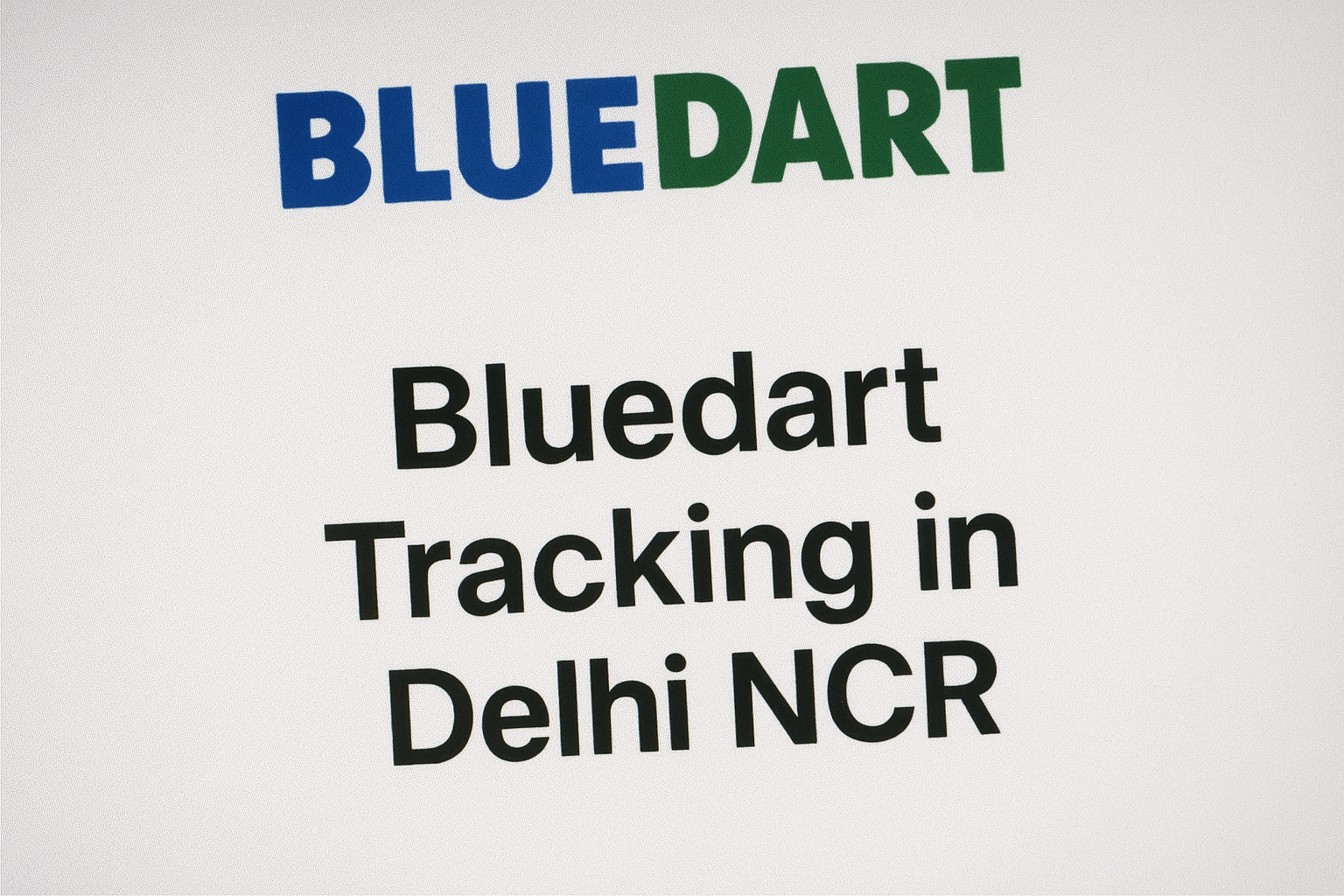Every winter, a thick, toxic haze descends upon Delhi, making headlines worldwide. The air quality index (AQI) often reaches “severe” and “hazardous” levels, posing a serious threat to the health of millions. Understanding this complex issue is the first step toward safeguarding your well-being.
This article breaks down the root causes, the profound health effects, and the practical measures you can take to protect yourself from Delhi’s polluted air.
What Causes Delhi’s Severe Air Pollution?
Delhi’s pollution is not the result of a single factor, but a deadly cocktail of various sources that compound throughout the year and peak during the winter months.
1. Vehicular Emissions
A massive fleet of private cars, trucks, and two-wheelers, many running on diesel, is a primary contributor. They emit harmful pollutants like Nitrogen Oxides (NOx), Carbon Monoxide (CO), and Particulate Matter (PM2.5 and PM10) directly into the air we breathe.
2. Stubble Burning
A significant seasonal factor, farmers in neighboring states (Punjab, Haryana, and Uttar Pradesh) burn crop residue after the harvest season (October-November). Prevailing winds carry this smoke and dust directly towards the National Capital Region, drastically worsening air quality.
3. Industrial Pollution
Industries and power plants surrounding Delhi release a constant stream of pollutants, including sulfur dioxide (SO2) and heavy metals. The use of unapproved fuels and inadequate emission control systems exacerbates the problem.
4. Construction and Road Dust
Delhi is perpetually under construction. Dust from countless construction sites and unpaved roads contributes massively to coarse particulate matter (PM10) in the air. This dust gets kicked up by vehicles and wind, remaining suspended in the atmosphere.
5. Geographical and Meteorological Factors
Delhi’s landlocked geography and calm winter winds prevent the dispersal of pollutants. A phenomenon called temperature inversion occurs during winter, where a layer of warm air traps cooler air and pollutants close to the ground, acting like a “lid” on the city.
The Alarming Health Effects of Delhi’s Pollution
Breathing Delhi’s air has both immediate and long-term consequences for your health.
Short-Term Effects
- Respiratory Issues: Irritation of the airways, coughing, wheezing, shortness of breath, and aggravated asthma.
- Eye, Nose, and Throat Irritation: Itchy, watery eyes, sore throat, and runny nose are common complaints.
- Headaches and Dizziness: Exposure to high levels of CO and other pollutants can lead to frequent headaches and feelings of lightheadedness.
Long-Term Effects
- Cardiovascular Diseases: Long-term exposure increases the risk of heart attacks, strokes, and high blood pressure as fine particles enter the bloodstream.
- Chronic Respiratory Diseases: Can lead to the development of chronic bronchitis, emphysema, and chronic obstructive pulmonary disease (COPD).
- Lung Cancer: The International Agency for Research on Cancer (IARC) has classified outdoor air pollution as a Group 1 carcinogen.
- Impact on Children: Children are especially vulnerable, facing a higher risk of stunted lung development, asthma, and frequent infections.
How to Protect Yourself from Delhi’s Pollution
While systemic solutions are crucial, here are practical steps you can take to minimize your personal exposure.
1. Monitor the Air Quality Index (AQI)
Make it a habit to check the daily AQI on reliable apps or websites like AQICN.org or the government’s SAFAR-Air portal. Plan your outdoor activities based on the readings. Avoid prolonged exertion when the AQI is “Poor,” “Very Poor,” or “Severe.”
2. Use High-Quality Pollution Masks
Not all masks are effective. Look for N95, N99, or FFP2 standard masks. Ensure the mask fits snugly around your nose and chin without gaps. Standard surgical or cloth masks offer little protection against fine PM2.5 particles.
3. Invest in Air Purifiers
A HEPA-grade air purifier is one of the best investments for your indoor health. Use it in your bedroom and other frequently used rooms to create a clean air sanctuary. Remember to keep windows and doors closed for it to be effective.
4. Create a Clean Indoor Environment
- Use Exhaust Fans: While cooking to remove indoor pollutants.
- Avoid Indoor Smoking: This significantly degrades indoor air quality.
- Incorporate Air-Purifying Plants: Plants like Snake Plant, Peace Lily, and Areca Palm can help remove some toxins, though they are not a substitute for a purifier.
5. Adopt a Healthy Diet
A diet rich in antioxidants can help your body combat the inflammation caused by pollution. Include:
- Vitamin C: Found in amla, oranges, bell peppers, and broccoli.
- Vitamin E: Found in nuts, seeds, and spinach.
- Omega-3 Fatty Acids: Found in walnuts, flaxseeds, and fish.
Always consult with a doctor for personalized health and dietary advice.
6. Limit Outdoor Activities
On severe AQI days, avoid going for a morning walk, jog, or doing yoga in the open. Shift your exercise routine indoors to a gym or home. If you must go out, try to do so in the afternoon when pollution levels are often slightly lower.
Conclusion: A Collective Responsibility
Tackling Delhi’s pollution requires a sustained, multi-pronged approach from the government, industries, and citizens. While policymakers work on larger solutions like promoting electric vehicles, managing waste, and regulating stubble burning, it is imperative that we take individual responsibility.
By staying informed and taking proactive protective measures, we can significantly reduce the health risks for ourselves and our loved ones. Your health is your greatest wealth—protect it.
Disclaimer: This article is for informational purposes only and does not constitute medical advice. Please consult a healthcare professional for any health concerns or before making any decisions related to your well-being.


